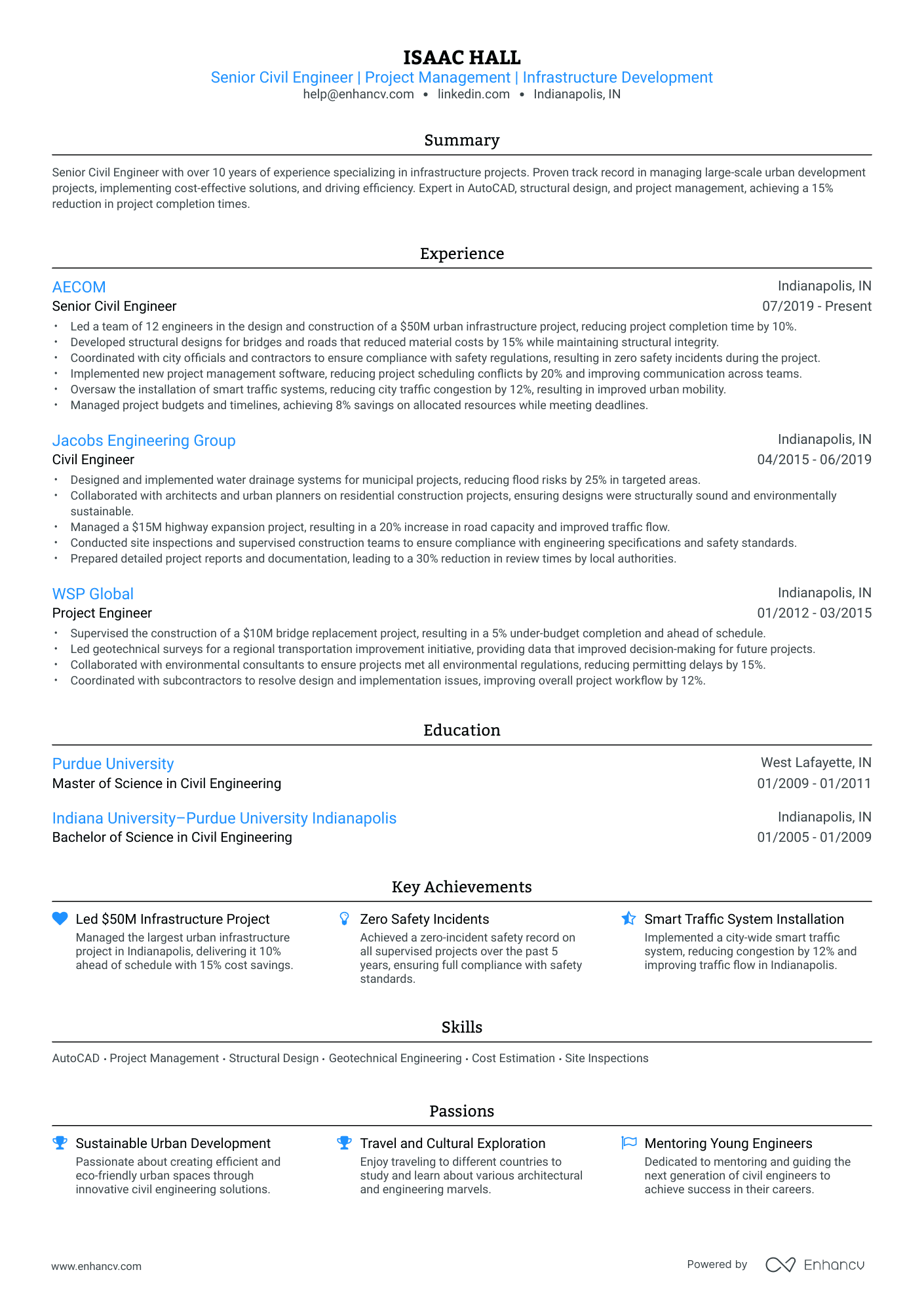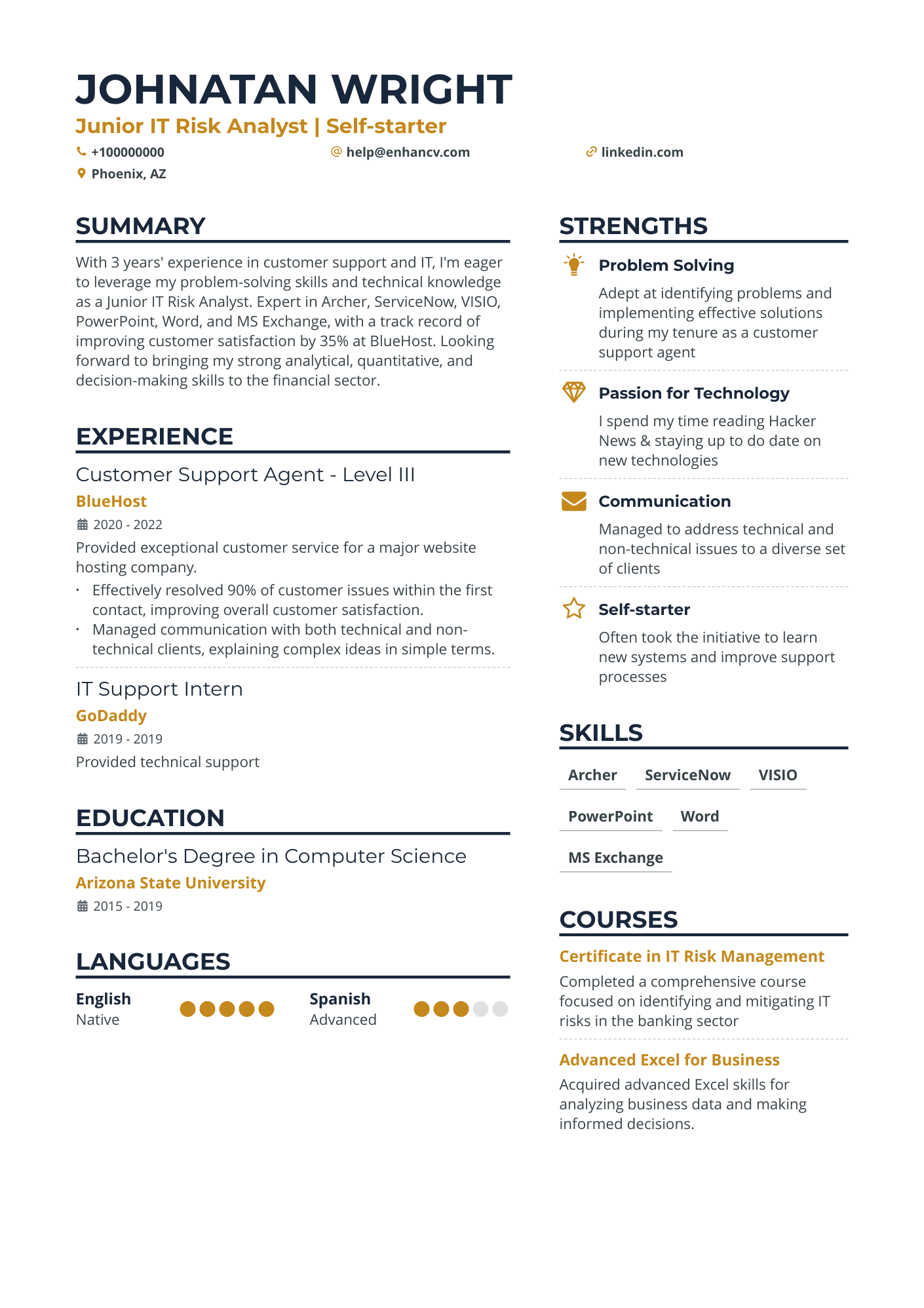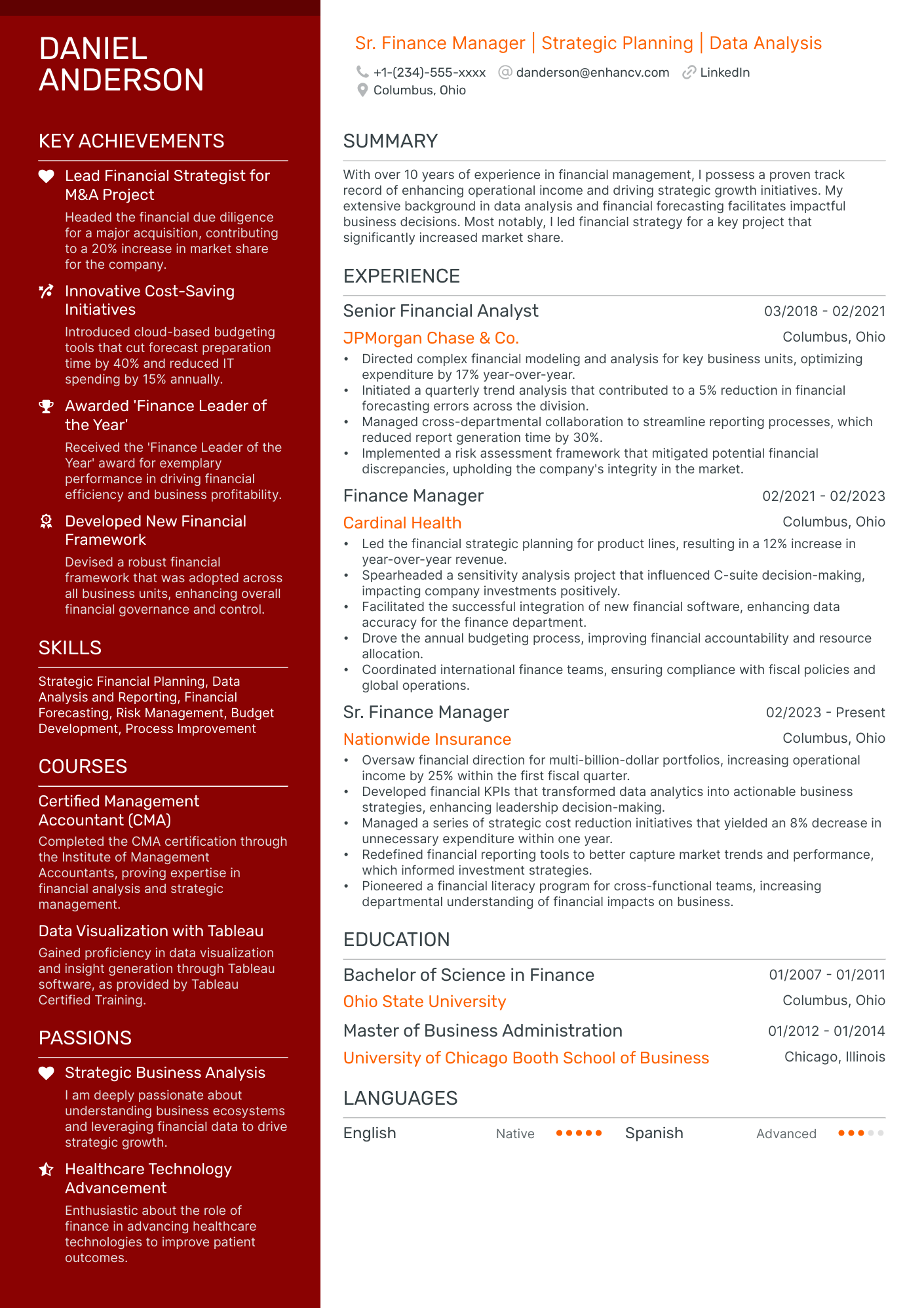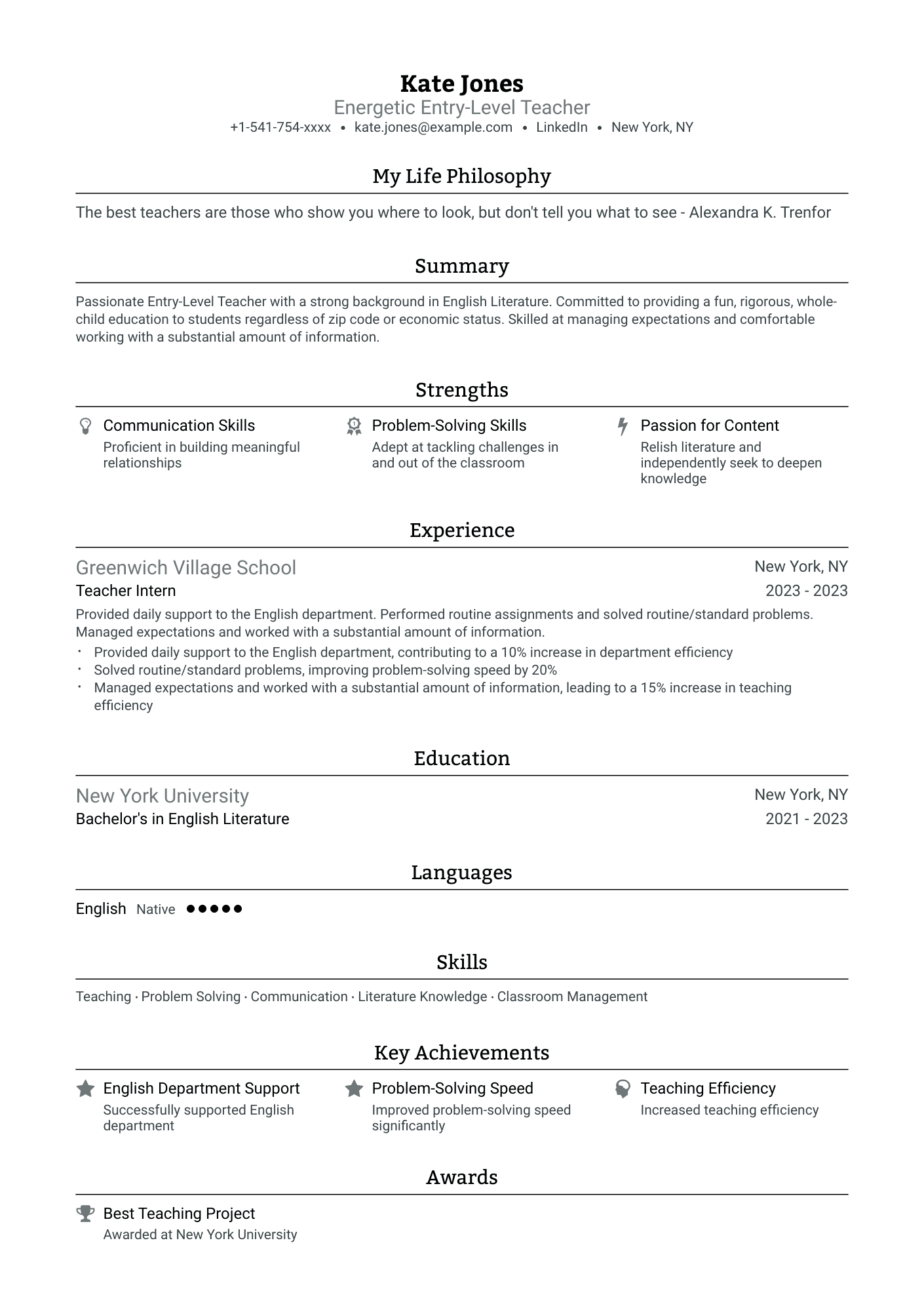Whether you're an entry-level candidate or a seasoned professional, writing your resume may feel like an enormous task. In these cases, it’s always best to go back to the basics and review what a resume is. A resume is more than just a summary of your experience—it’s a key tool in landing interviews and eventually a job.
Did you know that 70% of large or enterprise-level organizations use ATS (Applicant Tracking Systems)? These are types of software that companies use to manage job applications, and help recruiters find the fit for the job more easily. It’s important to keep them in mind when applying for a job and tailor your resume to the job posting.
This article is designed to guide recent graduates, career changers, professionals reentering the workforce, job seekers with employment gaps, and international candidates on crafting a robust resume. We’ll address common challenges, like selecting the right content, optimizing for ATS, and presenting your unique strengths to potential employers.
Key takeaways
- A resume is a job application document that highlights your relevant qualifications for a specific position.
- In the U.S., resumes are preferred for job applications, while CVs, which include complete career histories, are more common in other regions like the EU, or in academic settings.
- A well-structured resume typically contains sections on experience, education, and skills, with optional sections such as languages, projects, and volunteer work.
- Tailoring your resume to the job you're applying for is essential to stand out.
A resume is a formal document that a job applicant creates to itemize their qualifications for a position. It usually includes work experience, education, skills and any other relevant information you want to share with your future employer.
It makes you look professional and presentable and shows you’ve dedicated time and effort to the application process. It’s like an advertisement whose sole purpose is to sell your expertise!
Resume vs. CV
There are two general types of documents you can use to apply for a job. One is the resume, popular in the US, and the other is the CV (curriculum vitae), which is the standard in Europe, the Middle East, and Africa.
A CV shows your complete work experience, education, skill set, and anything else you have done, no matter the length of the document. It’s often used for academic, research, or medical positions. The resume’s goal is to present anything relevant in a clear and easy-to-read format.
Unlike a CV, a resume should be modified for every job position, so that it’s as relevant as possible, and it shouldn’t exceed one to two pages.
Did you know?
The word resume actually derives from the French word ”résumé,” meaning “summary.” That’s why the resume format is more concise.
Now that we know what a resume is, let’s discuss its importance.
Why do i need a resume?
In a fast-paced and dynamic world, you might wonder if you even need a resume:
“Aren’t resumes outdated?”
“Isn’t a LinkedIn profile enough?”
“Don’t most people use networking to find their next job?”
“The portfolio’s more important anyway!”
These are all valid points to consider when creating a resume.
The fact is, despite the rise of digital profiles and networking, resumes are still very much a thing and it’s important to have one. While it's true that platforms like LinkedIn offer a way to show your professional experience, they don't always provide the structured, concise overview that a resume offers.
Networking is powerful and although it may get you in the door—your resume still plays a key role in formalizing your application. As for portfolios, while they’re a selection of your best work, they can't replace the clarity and organization a resume provides when outlining your broader professional history and achievements.
In many industries, a well-rounded approach, including all these elements, is the best strategy.
Resumes for entry-level candidates
What about if I’m just starting out? Do I still need a resume? Absolutely!
Whether you’re a recent graduate, switching careers, or entering the workforce for the first time, having a well-crafted resume is your first chance to make an impression on employers and show your potential, even if you don’t have much formal work experience.
Unsure about what to include in your entry-level resume? We’ve got you covered! Highlight relevant coursework, internships, volunteer work, school projects, and even extracurricular activities. These experiences demonstrate valuable skills like leadership, teamwork, problem-solving, and communication. Focus on the strengths you’ve gained and how they can apply to the role you’re seeking.
Resume format and design
Before you start writing your resume, you should choose a proper format. This process isn’t simply about what you find good-looking, but what best serves your needs and purpose.
Here’s an overview of the most common resume types and when to use them:
Reverse-chronological resume format
The reverse-chronological format is the most popular one out there. It has the great advantage of being suitable for pretty much every job position. This format is mostly experience-oriented listing your work history in order, with the most recent position at the top. It’s the ideal format for people with lots of work experience, relevant to the job position they’re applying for.
Functional resume format
The functional resume format is mainly focused on your skill set. It’s the perfect choice if you’re looking for your first job or career change, or if you’re trying to steer the employer’s focus away from a gap in your employment history.
The great thing about the skill-based format is that it groups your abilities in categories and presents them in a great and easy-to-read way.
Hybrid resume format
The hybrid resume format combines the best of both worlds. It includes both a reverse chronological work history section and a highly detailed skill section.
It’s mostly used for job positions that require expertise in a variety of fields. The combination resume is also a great choice for people who’re about to switch careers.
Targeted resume
At the beginning of this article, we highlighted that resumes are usually tailored to the specific job application. Even with ample space on your document, you could still tailor it by using keywords mentioned in the job description and arranging information in a way that focuses recruiters’ attention on the most important things. This naturally brings us to the next section.
Resume layout and designs
As with most things, choosing a resume layout depends on your purpose. A creative resume is great for artists or dancers, while a traditional format will be appreciated in the healthcare industry, for example.
A one-column design is recommended for entry-level positions, as it can elegantly distract from the lack of much experience, whereas two columns might save space for candidates with richer experience.
Length and margins
Try to keep the length short—one page is preferred for most professionals. On the other hand, consider a two-page resume if you have at least 10 years of experience. Remember, a resume should be focused, not a collection of all you’ve ever done.
Keep your margins between 0.5” to 1” to ensure your information is readable.
Fonts and colors
Choose a legible font, like Rubik, Calibri, or Lato, and keep your text between 10-12 pt in size (slightly bigger for headings).
Despite what you might’ve heard, colors on your resume are never a bad idea. Just stick to a uniform color palette, and make sure the colors accentuate what you want to draw attention to.
Photos
Generally, photos aren’t required on a resume. Still, for some public-facing roles, like a barista, you might need one. Always check with your job description to be absolutely sure.
Formatting
Last, but not least, save your resume as a PDF. It’s going to keep all your resume elements in place.
Now that we’ve outlined the resume’s structure, let’s see what it should contain.
Try our free resume builder to create your resume within minutes!
Is your resume good enough?
Drop your resume here or choose a file. PDF & DOCX only. Max 2MB file size.
What should a resume contain?
Your resume sections can be roughly divided into two categories—essential, and additional. We’ll break down each crucial section in more detail below.
Resume header
Situated at the top of your resume, your resume header should feature the essential contact information.
Here’s how to structure it:
- Start with your first and last name, using a slightly larger font so it stands out.
- Underneath your name, state either your current job title or the position you’re applying for (e.g., “Customer Service Specialist” or “Aspiring Web Developer”). Or use a catchy resume headline if your industry is more creative or if you’re an entry-level candidate and want to grab attention immediately.
- Use a professional email address, typically your first and last name. Avoid using nicknames or personal email accounts that look unprofessional (e.g., no “coolguy123@example.com”).
- Write out a phone number where employers can easily reach you. Double-check it to avoid any mistakes.
- Add a link to your LinkedIn profile if it’s up to date or, if relevant, a portfolio website that showcases your work.
- If the job is location-specific, add your city and state (or country if applying internationally). If you’re open to relocation, mention that as well.
When structuring your header, make sure you spell out your information correctly. You don’t want to miss an important email or call just because you mistyped your email address or phone. Our free AI resume checker ensures your document error-free.
Resume profile
Located just below your header, your resume profile is a short but powerful paragraph that extracts the essence of your resume. Unlike an “About Me” section, this part of your resume reflects on your goals and aspirations, logically following your key achievements and experiences. It’s oriented toward your career path and purpose, with just a pinch of character.
Remember to use action verbs like “achieved,” “designed,” or “improved” to make your profile more compelling and demonstrate impact. Incorporating keywords from the job listing is also key. Including these terms will increase your chances of passing the initial screening–be it ATS or not. Avoid using the first person on your resume, as this can come off as arrogant.
You can choose between a resume summary or a resume objective, depending on your level of experience and needs.
- A resume summary contains three to five sentences that focus on your experience, qualifications, and what you can bring to the company. As it focuses on the past, it’s perfect for experienced candidates.
Salesforce resume summary
Expert Salesforce Administrator with comprehensive experience in integration, implementation, and management of business processes and sales cycles. I bring a strong focus on user empathy and effective communication skills, with a passion for optimizing workflows and improving team efficiency. I am eager to leverage my skills and expertise to contribute meaningfully to your team and help drive company success.
- A resume objective is shorter, up to three sentences, and should outline your abilities and your career goals–as it focuses more on the future. It’s best for entry-level candidates or career changers.
Salesforce resume objective
Recent Business Administration graduate with strong organizational and problem-solving skills, seeking to leverage hands-on experience from internships in operations and customer service. Eager to contribute to a dynamic team while growing in a fast-paced, results-driven environment.
Whichever you choose, tailoring it to the specific job you're applying for is essential. Highlighting the skills or experiences that match the job description shows the employer that you're not only qualified but also focused on their needs.
Your resume profile sets the tone for the rest of your resume. Now let’s move on to the experience part of your document—and see how to create a cohesive narrative.
Work experience and achievements
The experience section of a resume tells your career story so far, demonstrating how your past work makes you qualified for the job you're applying for. It helps employers see your relevant skills, accomplishments, and career growth, giving them insight into how you’ve handled similar responsibilities in the past.
Structuring your experience section
Regardless of the format you’ve chosen, start with your most recent job, and work your way backward.
For each job, include the following details:
- Job title: This shows your role and level of responsibility.
- Company name and location: List the full company name and city where you worked.
- Dates of employment: Mention both the start and end month/year (e.g., “March 2021 – June 2023”). If it's a current job, write “Present” for the end date.
- Key responsibilities and achievements: Summarize your most important duties and highlight any accomplishments or projects you completed. Use bullet points instead of paragraphs to keep this section easy to read.
When creating your experience section, it’s important to avoid writing out generic responsibilities that mean little to recruiters. Instead, try to engage them with action verbs and quantifiable achievements (that means, numbers and percentages). This instantly grabs attention and motivates hiring managers to keep reading.
If you have a lot of experience
- Focus on achievements rather than just listing tasks. Show how your actions positively impacted the company (e.g., “Led a team of 5 to complete a bridge construction project 2 months ahead of schedule”).
- Highlight measurable results (e.g., increased sales by 15%, reduced project costs by 20%). Numbers help prove your impact.
- Mention promotions, awards, or recognition you've received.
If you have limited experience
- Emphasize any relevant internships, volunteer work, or part-time jobs that demonstrate skills applicable to the job.
- Focus on transferable skills. For example, if you worked in retail but are applying for an office job, talk about customer service, teamwork, and problem-solving, which are useful in many roles.
- List projects, coursework, or extracurricular activities that show your abilities if they’re relevant to the role you're targeting.
Education section
Another crucial component of your resume is the education section. It shows a brief, clear overview of your academic achievements. It highlights the degrees or certifications you've earned and the institutions you attended. Depending on your experience level, this section can be more or less detailed.
What to include in the education section
- Name of the institution (school, college, or university) you attended.
- The type of degree you earned, such as a Bachelor’s, Master’s, or a certification.
- What you studied, such as Civil Engineering, Business Management, etc.
- Either your graduation year or the period when you attended the institution.
- If your GPA is strong (typically above 3.5), you can include it, especially if you're a recent graduate. Consider skipping it if it’s been some time since you graduated and you’ve got more prominent achievements.
The way you structure this section largely depends on how much work experience you have.
If you’re a recent graduate
For someone just out of school, education is often your strongest asset, so you’ll want to give it prominence. Place it at the top of your resume, before your work experience section, and include more details.
Such as:
- Highlight any specific classes that align with the job you’re applying for.
- Mention any academic achievements, like Dean’s List, honors societies, or scholarships.
- If they’re related to your career, write them (e.g. participation in engineering clubs or leadership positions).
If you have more work experience
Once you've built up professional experience, your education takes a back seat to your work history. In this case, the education section can be simplified and moved toward the bottom of your resume. There’s no need to list coursework, extracurriculars, or your GPA—the degree, field of study, and graduation date will suffice.
Incorporating incomplete degrees
Let’s say you haven’t finished your degree yet. You can still list it, just clearly outline your expected graduation date. Or add a bullet along the lines of, “Completed 60 credits towards a Bachelor of Science in Business.”
Adding certifications or continuing education
In the certifications section, list any professional certifications, licenses, or additional training you've completed. These are especially important because they show that you’ve gained specific skills beyond your formal education. They can be decisive in fields that require certain qualifications, like IT, engineering, or finance. List these under your education details or in a separate “Certifications” section.
Here’s a well-written education entry:
- •Graduated with honors (Summa Cum Laude)
- •Completed senior capstone project on sustainable infrastructure development
- •Member of the American Society of Civil Engineers (ASCE)
Skills
Regardless of your experience level, your skills show a lot about what you’ve achieved and what you can do in the future. When written out properly, a powerful skills section can make your resume skyrocket. Let’s look at the main skill types.
Hard skills
Essentially, hard skills can be learned, taught, or measured and can be acquired through education or training. These are directly related to the job you’re applying for. Think of them like tools in a toolbox—you learn how to use them, and you apply them to get the job done.
For example:
- Typing speed
- Software proficiency
- Foreign languages
It’s best if you list your hard skills under a separate section. This way, they can be easily spotted by recruiters. Remember to tailor this list to the job description, but don’t exaggerate your abilities—lying on a resume is never recommended.
Here’s an example of a hard skills section:
Soft skills
The Carnegie Foundation found that a whopping 85% of job success comes from excellent soft skills. So, pretty important, right? A soft skill is a personality trait that relates to how you interact with people and handle situations. They’re much harder to measure, and unlike hard skills, which are job-specific, soft skills apply across many different jobs and industries.
Here are some common people skills:
The best way to feature your people skills is in your resume profile or experience section, illustrating them with specific examples.
Let’s look at how you can do it:
- •Built strong relationships with customers by actively listening to their concerns, resulting in a 15% increase in repeat business over the last year.
- •Resolved customer complaints with a calm and empathetic approach, maintaining a 98% customer satisfaction rate.
- •Collaborated with a team of 10 to streamline the checkout process, improving customer wait times by 20%.
In this example, the person is demonstrating active listening, empathy, and teamwork—all valuable people skills—by giving specific examples of how these skills benefited their performance and the business.
Core competencies
Different jobs require different skills but core competencies can be applied to several kinds of settings successfully. They often combine the “know-how” of hard skills with the strategic and interpersonal aspects of soft skills.
A good rule of thumb to distinguish core competencies is to ask yourself, “Can I apply this core competency to all kinds of settings?”. For example, data analysis is a core competency, while using tools like Microsoft Excel or Python for data analysis is a hard skill. Place these below your resume header to instantly show recruiters your profile fits their needs.
Now that we’ve got all the essential resume sections pinned down, let’s take a look at optional sections, which can give your resume color and personality.
Additional sections
Let's discuss additional resume sections for a resume. While optional, these sections can significantly enhance your application by highlighting achievements, projects, or skills that don't fit into traditional categories but are still relevant to your role.
Whether you want to show more in-depth knowledge of your field or offer insight into your personal passions, tailoring these optional sections to the job you’re applying for can make your resume stand out.
Below are some of the most popular additional sections you might consider, with one example that’s more career-oriented and another that’s more personality-oriented:
Projects
This section is great for displaying your hands-on experience or extracurricular involvement. Projects on your resume highlight your ability to manage tasks, problem-solve, and complete goals.
- Work-related example: “Led a sustainability project for XYZ company, reducing carbon emissions by 15% through new construction techniques.”
- Personality-related example: “Organized a community garden initiative, focusing on sustainable farming and food distribution to underprivileged neighborhoods.”
Languages
Adding a languages section is always appreciated, especially if you’re applying for a job that requires multilingual communication or if your language skills reflect cultural adaptability.
- Work-related example: “Fluent in Spanish, used to communicate with international clients in the construction industry.”
- Personality-related example: ”Proficient in Japanese, learned during a cultural exchange program, reflecting interest in cross-cultural communication.”
Professional affiliations
Your professional affiliations tell the story of your involvement in industry-specific organizations, showing your commitment to staying updated in your field.
- Work-related example: ”Member of the American Society of Civil Engineers, regularly attending workshops on sustainable infrastructure.”
- Personality-related example: ”Active in the Women in Tech network, mentoring young women aspiring to enter the engineering field.”
Volunteer work
Volunteer experience can demonstrate leadership, compassion, and a willingness to contribute beyond your career.
- Work-related example: ”Volunteered with Habitat for Humanity, applying construction skills to build affordable housing in low-income communities.”
- Personality-related example: ”Assisted with organizing local charity events for animal shelters, showing strong organizational and team management skills.”
Publications
If you’ve written articles, papers, or books, a publications section can reflect your expertise or thought leadership.
- Work-related example: ”Published in the Journal of Urban Development, focusing on innovative drainage solutions for flood-prone cities.”
- Personality-related example: ”Contributed to a travel blog, writing about sustainable tourism practices, reflecting your interest in environmental consciousness.”
Hobbies and interests
Including hobbies shows that you’re a well-rounded individual and can help recruiters connect with you on a personal level.
- Work-related example: ”Chess player, which sharpens my strategic thinking and problem-solving skills relevant to my engineering role.”
- Personality-related example: ”Avid rock climber, which demonstrates perseverance and a love for challenge—skills I bring to my professional work.”
Awards
Listing awards is a great way to show recognition of your talents and accomplishments.
- Work-related example: ”Received the Employee of the Year award at XYZ Corporation for exceptional project management.”
- Personality-related example: ”Won a photography competition, showcasing creativity and attention to detail.”
Conclusion
A resume is a concise document showing your qualifications for a specific role. To increase your chances of landing the job, ensure your resume includes the key components—experience, education, and skills—and tailor it to each application.
Make one that's truly you.








